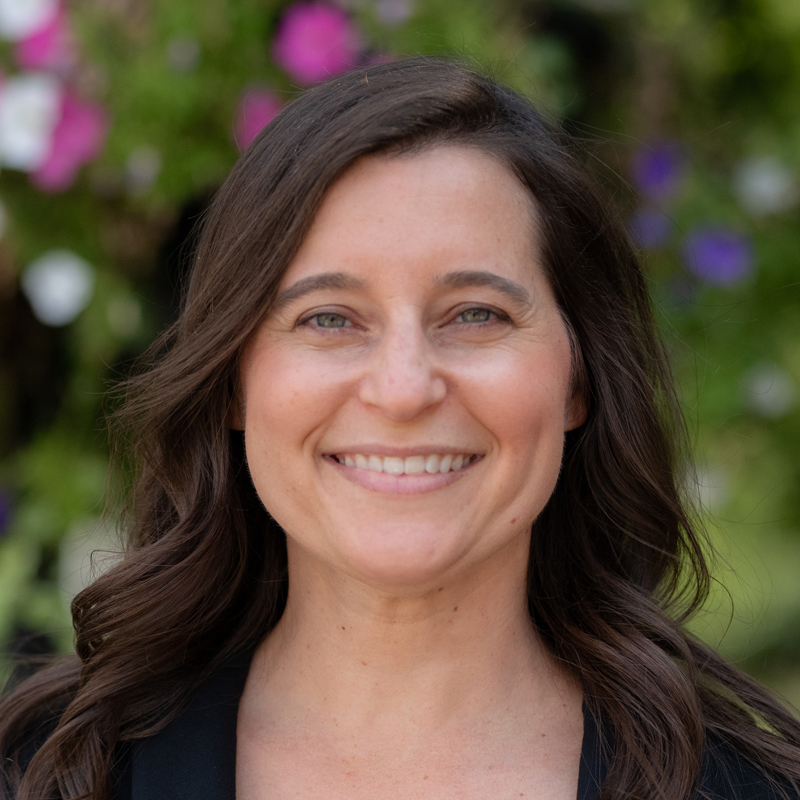Interview With a “Dangerous” Thinker
Amanda Heckman|July 28, 2023

We have something different for you today…
And we think you’re going to love it.
In fact… you’ve been asking for it.
Just yesterday, we introduced Manward’s newest contributor, Robert Ross. In his debut essay, he shared some sharp and insightful research that could be good news for your portfolio.
(If you missed it… you can catch up here.)
The response was overwhelmingly positive. “Great forward-looking perspective,” wrote one reader.
“This is the stuff I would love to see more of,” wrote another.
William H. said, “Welcome aboard, Robert! I look forward to learning more about you.”
Your wish is our command, William…
Since you’ll be hearing from Robert every week here in the Digest, we wanted to show you exactly why we’re so excited to have him on board.
His background and success prove he’s an ideal fit for Manward. He’s the perfect guy to help you learn more… earn more… and make more sense out of the noise coming from Washington and the media.
Read our short interview below… and let us know if you have any questions for Robert with a note to mailbag@manwardpress.com.
– Amanda
Robert, before you started out in the financial world, you worked at a renowned free market think tank. How did that experience shape your view of the markets or investing in general?
Working as a policy analyst for the Pelican Institute for Public Policy in New Orleans was very rewarding. I’d just finished my economics degree at Loyola University, where I’d studied under the tutelage of Dr. Walter Block, a famed libertarian economist and writer. Working at Pelican allowed me to take the lessons I’d learned during my time in his classroom and apply them to the real world.
I had yet to really dip my toe into the investing world at that point. However, I will say that getting into the weeds on how the government impacts and manipulates certain industries was eye-opening. Whether it was covering defense spending or the student loan bubble, it gave me a real-world view as to how incompetent and irresponsible our government can be.
Your book, A Beginner’s Guide to High-Risk, High-Reward Investing, focuses on some of the biggest headline-making trading strategies of the past few years – including crypto, SPACs and meme stocks, to name a few. What was your goal for the book?
In the two years prior to writing the book, I’d cultivated a massive following on social media. My goal then was to use my 10-plus years of professional investing experience to help the new crop of investors who sprung up during the COVID-19 lockdowns navigate the markets.
I had a lot of experience doing this, as I’d helped thousands of people make sense of (and profit from) the markets in years prior at investment research firms like Mauldin Economics and Casey Research.
The book was an extension of this goal, as I’d heard so many horror stories from people in my audience who overinvested in high-risk assets like options, crypto, etc. without fully understanding the risks.
The book was meant to help these people not only understand what they’re investing in but also learn how to properly manage the risk associated with high-volatility investing strategies.
As I’ve said in other interviews, the book was intended to show you how to use high-risk strategies without blowing up your account if things go south.
A remarkable accomplishment of yours was becoming the youngest chief financial analyst in the industry. What were some of your secrets to success?
From an early age, I’ve had a passion for history. I’ve always wanted to understand why things are the way they are. Because if you don’t understand how we got to our present state of affairs, how can you understand where we’re going?
I think the same logic can be applied to business and investing. To forecast where financial assets and the global economy are headed, you have to fully understand both the past and the present of everything from monetary policy to individual sector dynamics.
I also had great mentors from early on in my career. They include Dr. Walter Block, with whom I published a paper on the impact of U.S. agricultural subsidies in the developing world while I was in college, plus Jared Dillian of The Daily Dirtnap and Grant Williams, who co-founded Real Vision, both of whom I worked with directly early on in my analyst career.
You have over half a million followers on social media who are eager for your research and insights. You’ve been able to help a lot of people learn more about the markets and how to invest. What are some of the biggest mistakes investors make or some of the biggest misconceptions they have?
How much time do you have? Haha… I’ll focus on the two main mistakes investors make.
The first is investors often have a bearish or pessimistic bias. People don’t like when I talk about this. In fact, I had a recent commenter say I’m spreading “dangerous information” by promoting this theory.
But the fact is that the math is not in the bears’ favor. I won’t hit you over the head with too many statistics, but one of my favorites is that between 1926 and 2021, the S&P 500 Index finished in positive territory 74% of the time. That means every year U.S. stocks have a down year, stocks rise for three years.
Bear markets are also much shorter than bull markets, as the average bull market lasts 991 days, compared with 289 for bear markets.
Last one… The average cumulative gain over the course of a bull market is 339%, while the average cumulative loss over the course of a bear market is 38%.
Okay, maybe I did hit you over the head a bit. But the point is bear markets and market crashes do happen, but focusing on them exclusively is a good way to underperform. As the old saw goes, “Bears sound smart, but bulls make money.”
The second mistake is poor risk management. Investors all love volatility when stocks, crypto, etc. are going up, but they’re not always diligent about protecting their downside.
How would you describe your investment philosophy?
While math and logic dictate that it’s important to have a bullish long-term bias, I’d describe myself as a cautiously optimistic investor. I’ve often been labeled a permabull, but anyone who reads my work knows that’s not the case.
While I hold a long-term bullish bias, I am always looking for risk lurking around the corner that others don’t see. I also keep very close tabs on market sentiment. As I’ll be writing about in future issues of the Digest, the best time to buy any asset is when sentiment is at its lowest.
Think of when Bitcoin bottomed last year (i.e., days after the FTX collapse) or when regional banks did this year (i.e., days after the First Republic Bank failure). When people are saying asset classes are “uninvestable” and everyone is heading for the hills, that’s when I find the best opportunities.
Overall, I’d classify myself as a long-term, top-down investor who approaches financial markets through the lens of economics, business cycles and history. I’m also not afraid to take speculative positions when warranted, whether based on technical or sentimental analysis.
I’m not here to sound smart or win ideological battles, I’m here to make money. And I hope to show readers how to too.
Have questions for Robert? Send them to mailbag@manwardpress.com.

Amanda Heckman
Amanda Heckman is the editorial director of Manward Press. With unrivaled meticulousness, she has spent the past dozen or so years – give or take a few sabbaticals – sharpening Andy’s already razorlike wit. A classically trained musician and a skilled writer in her own right, Amanda takes an artistic approach to the complex world of investing. Her skill has led her to work with numerous bestselling authors, award-winning financial gurus and – lucky for us – the fine folks at Manward Press.





